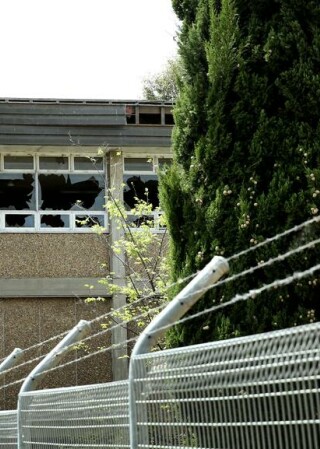Marsdens Law Group is currently investigating a potential class action on behalf of former students and teachers of Camden High School arising out of exposure to contaminants at the school premises between 1956 and 2001.
Please see the media links on this page for further information regarding the class action. We encourage anyone who attended the school and is concerned regarding unexplained illnesses, particularly cancer, to register your details by contacting Joe Bonura on jbonura@marsdens.net.au. This will allow us to keep you informed of the progress of the class action investigation and assist with its preparation.
Background Information:
The Camden Gasworks were sold to AGL on 1 October 1970 and AGL continued to operate the facility for storage and distribution until it was decommissioned in 1974/75. The land was then transferred back to the State Government.
The Camden High School was opened in 1956 on a site adjacent to the Gasworks.
An extension of the school onto the Gasworks site by building demountables (but also paths, grassed areas and some areas which remained bare), occurred in about 1979 and that area continued to be used as part of the school until 1995 when testing revealed the contamination. In 2001 the school was relocated to a new site.
In summary, from 1911 to around 1965 the southern part of the block was occupied by the Camden Gasworks. From the school’s opening in 1956, the area occupied by the school was gradually extended over the years with the final purchase of the Gasworks site in about 1979 and that area then occupied by the school.
The enquiries which we have made thus far suggest that there was a strong gas smell in the area and, on occasions, there was some kind of tar substance which made its way to the surface. It is alleged that the contaminants on the site may be responsible for illnesses suffered by students and teachers.
Various contamination reports were prepared in 1995 and it appears that at least by 1995 (but possibly earlier) the Department of Education was aware of the contaminants.
In 1995 the school planned to build additional school buildings on the former Gasworks site and as part of that process was required to obtain environmental reports. A succession of reports were then prepared by Golder Associates Pty Ltd (between 1994 and 1996). Those reports indicated that there were various contaminants on/in the former Gasworks site, including:
- Coal tar;
- Petroleum hydrocarbons;
- Polycyclic aromatic hydrocarbons;
- Volatile compounds including benzene, toluene, ethylbenzene and zylenene;
- Phenols.
Golder in its 1996 report stated:
“The results of the investigation have confirmed that the soil at surface and at depth in area “A” (former gasworks site) contained elevated concentrations of contaminants normally found on gasworks sites. The effected area is restricted to the southern part of this area “A” and the volume of effected soil is estimated to be about 5,000m³.”
As a result of those reports some remediation was performed and by mid 1997 the EPA issued a certificate stating that they were satisfied that the contamination had been contained and would be effective in mitigating human exposure. This was achieved by a remediation plan whereby contaminated soil and other items were moved to the central area of the Gasworks site (known as area “A”) and then contained in a containment cell. What this means is that a cap was constructed over the top of this area which had been fenced off. To ensure the continued containment a monitoring and maintenance program was then agreed to.
In 2002 a report was commissioned by Public Works relating to the possible further development of the site (as the site had been deemed a surplus asset by the Department of Education and Training). Under the heading “Assessment Overview”, the report states:
“Based on the current and past site investigations, soil contamination at depth exceeds relevant guidelines for use of the site for residential or commercial purposes, particularly in the southern portion of the site where the former gasworks was located.
“For redevelopment of the site, remediation of the effected soils would be required. This remediation could take the form of on-site treatment, removal and off-site treatment and disposal, or on-site management/containment of the effected soils. Treatment and/or removal of contaminated soils might generate temporary environmental/community impact such as odours, dust and noise. On-site management/containment of soils would restrict the long term use of areas containing the contaminated soils and might require an ongoing program of groundwater monitoring.
“Contaminated soils exist close to the southern side boundary and it is possible that contamination exceeds onto neighbouring properties. If required, following the outcome of the requested legal advice, the investigation, delineation and assessment of the significance of any impacts on neighbouring properties, as well as possible remediation, could be undertaken separately to any redevelopment of the site."
In addition, one of the Golder reports raises concern as to whether or not the area was properly remediated when the Gasworks were closed down, stating:
“The contamination identified indicates that the site has not been formally decommissioned and validated when the gasworks was closed down. Significant soil contamination has been detected both at surface and at depth. An additional investigation needs to be carried out to assess the extent of contamination in more detail to enable a remedial action plan to be prepared.”

